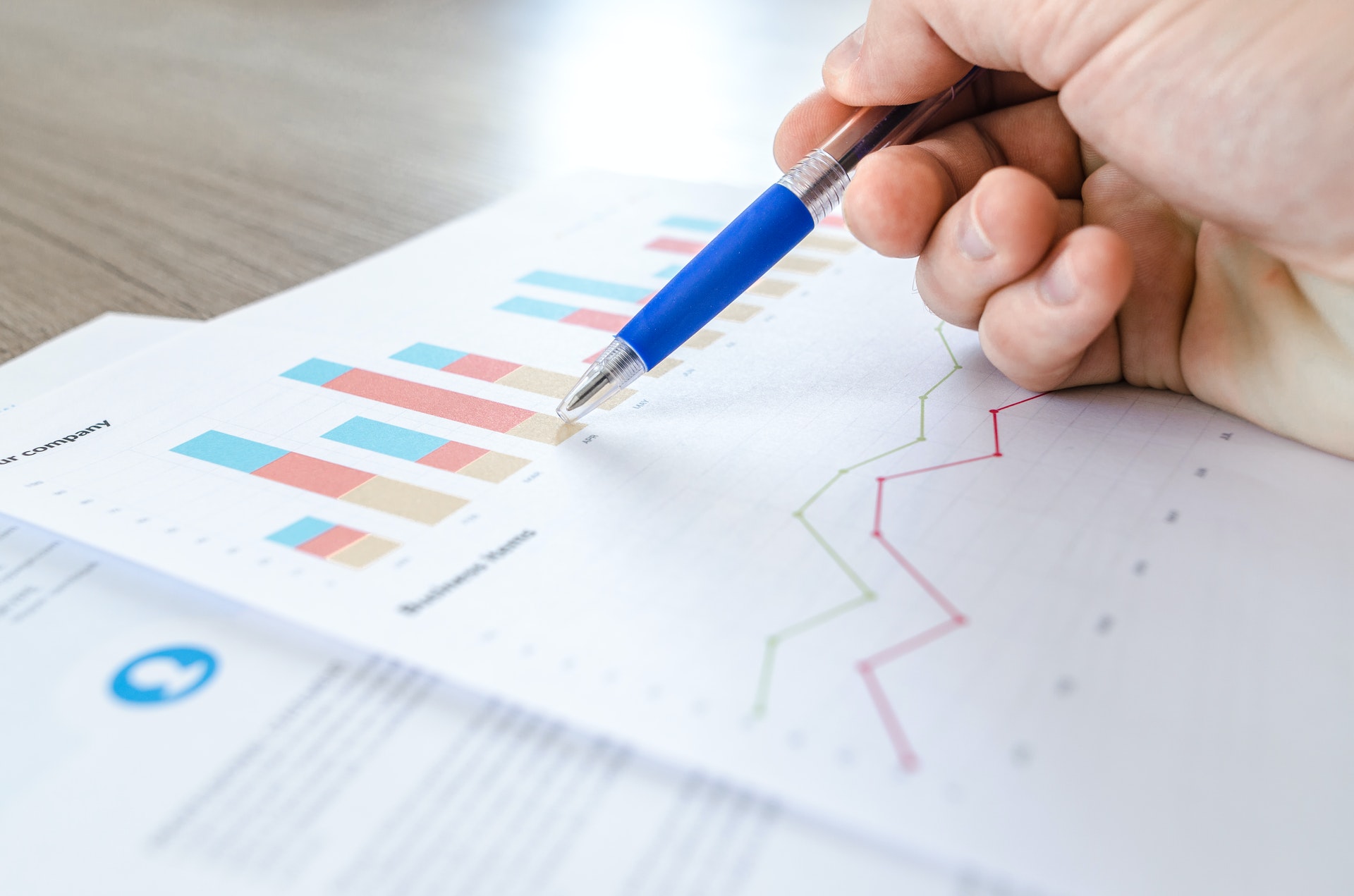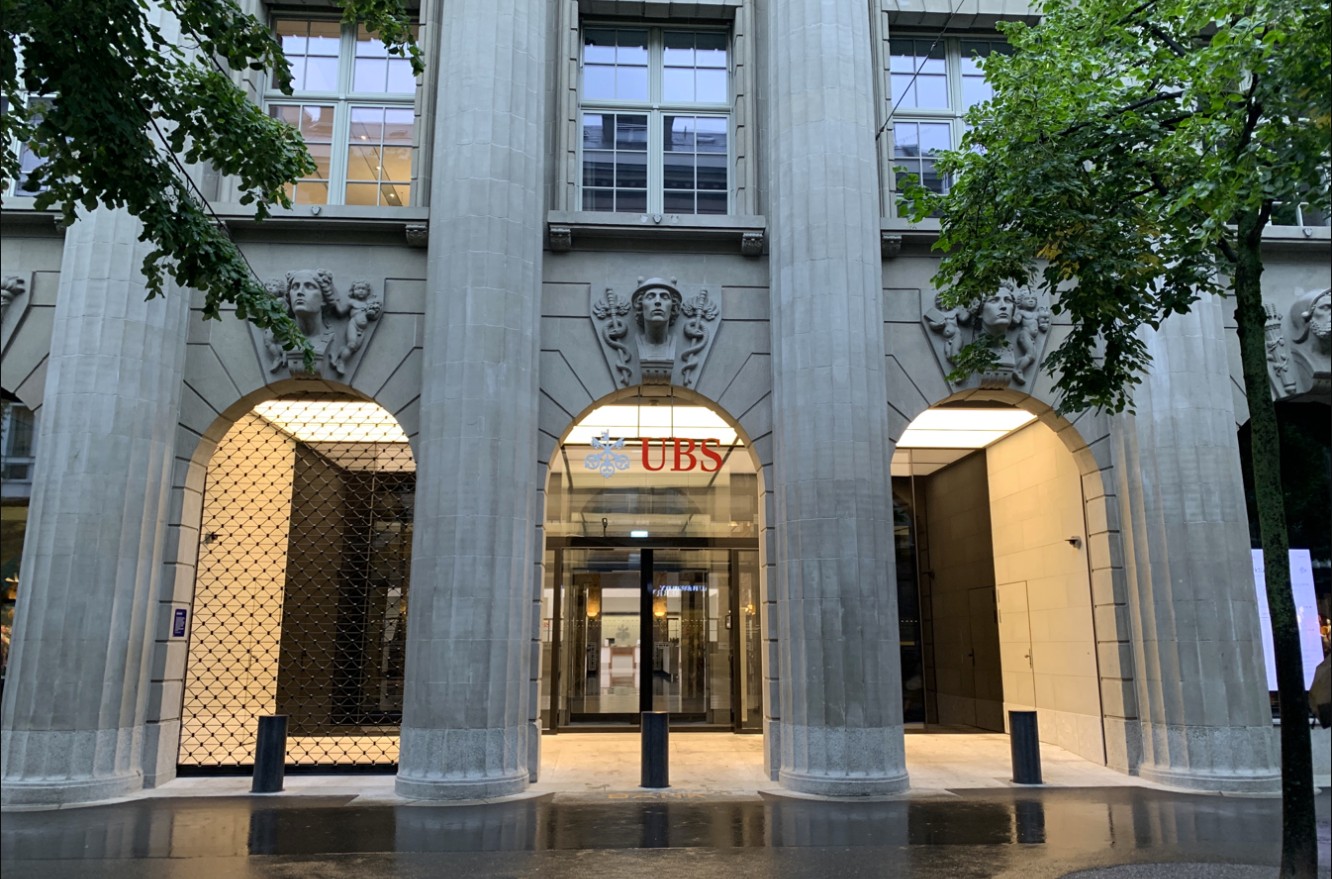
A Day in the life of … A Credit Research Analyst

January Carmalt
20 years: Research & banking
At its essence, a research analyst’s job is to cut through the volatility, rather than be swept along with the tide, and critically examine the underlying fundamentals of a given enterprise, economy or asset class.

Hi! My name is January Carmalt. I spent many years as a sell-side credit research analyst, specialising in banks and other financial institutions. Today I’m an expert contributor on Finance Unlocked. Here are some words of advice informed by my career as a credit research analyst.
Let me begin saying despite these troubling times, I am confident in the future for the sector. The banking industry has spent the past decade de-risking balance sheets, shoring up capital and strengthening liquidity buffers for precisely this sort of ‘Black Swan’ calamity. (For more information on bank solvency and liquidity, please see the relevant videos on Finance Unlocked). It's true that we’re headed for an unprecedented economic contraction both in scale and sharpness, but arguably something far less severe than would have been probable ten years ago.
This segues neatly into what it means to be a research analyst—be it bond, equity or economic. At its essence a research analyst’s job is to cut through the volatility, rather than be swept along with the tide, and critically examine the underlying fundamentals of a given enterprise, economy or asset class. Markets often succumb to sentiment over reason for technical, rather than fundamental reasons, overshooting one way or the other and it’s the analyst’s job to determine what is reasonable versus irrational. A good research analyst is always proactive, less reactive, forecasting and predicting with the knowledge at hand. It’s about reading a situation before it becomes a situation and communicating one’s ideas to clients-- be they the traders, sales, capital markets or investors in a way that creates as much noise as the market, and in those rare, coveted cases even move it. More on this later.
From 2001-2005 I worked as a credit research analyst, entirely independent of sales and trading in a more academic capacity publishing research notes for sales, trading, and buy-side investors covering industry trends (in my case this was banks and insurance), company news and specific trade ideas. Sitting in an ivory tower with lofty trade ideas had its merits - objectivity and impartial observation but at arms length from the action, and thus arguably less practically useful to those who were trying to actually trade the market. From 2005-2011, I switched to become a "desk analyst" working on the trading floor in a sell-side credit trading business. This differs from conventional credit research, as “desk analysts” work alongside their traders and sales colleagues. On balance, my preference was being a desk analyst working in tandem with sales and trading in a more practical capacity, with knowledge of traders’ positions, and advising on workable trade ideas. The goal of every analyst is to make themselves indispensable, a crucial cog in the machine, and this, I feel, is more achievable as a desk analyst.
But what of a typical day? The beauty of working as a research analyst in the City is of course no day was exactly the same. Many careers boast such benefits and whilst not everyday is ground breaking, as far as stimulating careers and work environments are concerned (notwithstanding WFH), being an analyst in the City ranks high. Be warned: early starts are inevitable. I normally arrived in the office for 6:45am, or earlier during earnings season, logging into Bloomberg first thing for news and relevant headlines. Scanning FT headlines and the business section of the Times et al, before Monday morning was also a good idea to be prepped with value-added commentary in response to potential market-moving announcements. As mentioned above, it’s about being proactive, not reactive. It’s never fun playing catch up with the markets, or worse, your competitors. Timely, value-added content gets the most clicks, not regurgitating the morning’s news. Morning desk calls were shortly thereafter, when traders communicated their “axes”, client feedback and analysts any important headlines, earnings announcements, trade ideas, etc.

There were mornings when a whole day’s work was crammed into a few early hours. By 9am, when other bankers were arriving, I was normally heading out for a coffee or breakfast. There was satisfaction in knowing that I had already completed half a day’s work before others had started theirs. The rest of the day would vary. If it was earnings season I would be sure to update any spreadsheets I may have, sometimes piggy-backing off the equity analysts’ forecasts to speed up some of the busy work and glean whatever credit story I could relevant for bonds and/or CDS. As a credit research analyst, teams were often smaller than equity research counterparts and it was a good idea to forge a good relationship with them and other analysts for sharing ideas, models and other intellectual capital. This served me well in 2008/09 at Deutsche Bank when I carved a niche as an expert in hybrid bonds, working side by side with equity sales and research to educate their investors on unique trade ideas across asset classes.
During 2008/09 in particular, there were days I was on the phone most of the day speaking to investors - credit and equity. Face-to-face investor meetings were also important, demanding I be entirely up to speed on the clients’ needs and tailor my presentation toward what they may want to discuss. I normally had a stock presentation for client calls, but no one meeting was ever the same, so it was critical I came prepared which meant close collaboration with the relevant salesperson for the customer. As the only bank analyst on my desk from 2007-2011, it was important I was up to speed on a very broad range of credits across Europe, ie a little about a lot, but also an expert on a handful of volatile credits, those with an interesting story in which investors would be most interested. This could be stressful when competing against larger research teams with more resources to hand. It’s always good to have a particular expertise on any given area of market concern. As mentioned, during 2008/09 I sought to carve a USP by being an expert on hybrid capital instruments and offering tutorials and trade ideas to equity investors. This helped increase my profile across the bank and introduced me to an entirely new market which at that point in time, knew very little about the structures of some very attractive securities.

As a bond analyst one has to know the T&Cs and structures of sometimes dozens of bonds for one company, sometimes issued from multiple entities, as well as the relevant CDS spreads. If there was a particular trade I had in mind I would send out credit notes on Bloomberg to designated investor lists - I had many, depending on to whom I wanted to communicate. On less busy days I had time to come up with trade ideas and analysis for our weekly sales meeting, investor calls or presentations for business trips.
During the weekly meetings, industry analysts highlighted trade ideas for sales to pitch to their clients. It may be something entirely independent or perhaps something that makes sense for both investors and the trading desk. It was a great opportunity for analysts to find their voice. I always made sure I had something to say, even if it was repeating something from before. If it still makes sense - repeat, repeat, repeat. Sales and trading are like sieves, they don’t always remember what you say (or listen). Have the courage of your convictions and keep banging that drum. As mentioned above, a good analyst commands attention and in some instances once that reputation is cemented, may even move the market with their insights.
In summary, here are some of my tips to becoming a good research analyst.
- Be alert & open minded. In today’s information age, dataflow & new information come continuously and relentlessly, and one must be open minded to adapting pre-existing and even long held views in response to new information.
- Be vocal and visible. Always make sure you have a view and be confident to broadcast that view. Carve a niche for yourself. Be in front of sales and trading with ideas, ideas, ideas.
- Don’t be afraid to be wrong. It’s not always about making the right call, but making a sound argument supported by research. Investors appreciate good ideas backed up by thorough research as much as a good trade.
- Cooperate and collaborate. Forge relationships with other teams and share intellectual capital. It will not only save time and cut out unnecessary work, but increase your profile with different departments, as well-- never a bad thing in this volatile industry.
- Don’t fake it. It’s tempting to fake it until you make it, and in some instances this can pay off in spades (typically in sales), but rarely as a financial analyst. If you don’t know something, ‘fess up. It’s better than looking like a fool and risking one’s credibility forever.
- Be professional... and BE ON TIME. This is just good old fashioned common sense. I come from the school where professionalism and timeliness matter. Be sure the morning after the night before you arrive at work, ready to go ON TIME. Regardless of geography, this will command the respect of your peers and leaders as much as your intellect and hard work. BE ON TIME.

January Carmalt
Share "A Day in the life of … A Credit Research Analyst" on
Latest Insights

UBS and Switzerland: Capital hikes are not the right tool for the job
15th October 2025 • Prasad Gollakota

Trade deals & trade wars: The regional impact
23rd May 2025 • Adrian Pabst and Eliza da Silva Gomes

Unpacking the truth behind U.S. Treasury market volatility
17th April 2025 • Prasad Gollakota




























